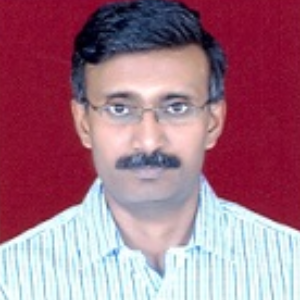Title : Differential expression pattern for C4 specific gene copies in rice grains and its relevance with the intermediate step in the C4 evolution
Abstract:
The ‘light reactions’ of photosynthesis are highly conserved while the carbon concentrating mechanism (CCM) part of the ‘dark reactions’ have evolved many times. In Poaceae, where C4 photosynthesis was evolved, independent evolution for the C4 trait was reported to occur at least 20 times. Although the evolutionary steps involved for the C4 syndrome (neofunctionalization event) is a complex process with the genetic, anatomical, and biochemical pre-conditional requirements, since the same orthologous genes were recruited for C4 across species exhibiting a co-opt behavior, it is much feasible. Few years back, C4 photosynthesis pathway in wheat grains (without Kranz anatomy) was reported. With arguments on this issue is still unsettled, we studied for the differential expression pattern for the C4 specific orthologs and their paralogs in rice grains and leaves using RNA-seq approaches. Interestingly, two C4 specific gene copies – aat and ppdk – were significantly differentially expressed in the developing rice grains than in the leaves of all the three genotypes (APO, BAM4234, and Crossa) studied. This suggests for the initiation of the evolutionary process for a weak C4 pathway in rice itself, although could not accomplish, but successfully accomplished in wheat and barley grains. This is also associated with the weak C4 pathway in reproductive tissues of sorghum and maize, indicating its orthologous nature. Based on the recent proposal for the requirement for a rudimentary or weak CCM to act as an intermediate step, upon post-emergence optimization, leading to the efficient or strong CCM was proposed for the C4 trait evolution, with this trait is of a directional evolution process. This suits well with our report on non-Kranz NAD-ME type C4 photosynthesis in wheat grains. This also addresses the timelag that was unanswered till date, between the reduced atmospheric CO2 levels and C4 evolution.



